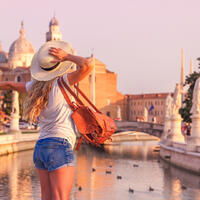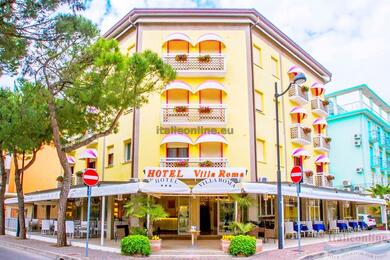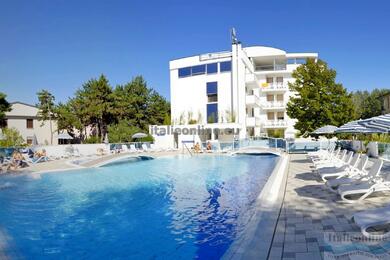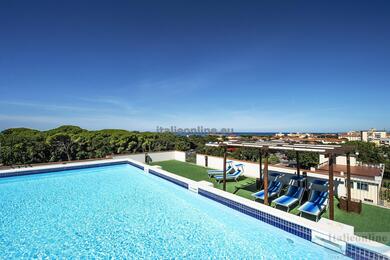Rome is Italy's largest city and the third most populous city in the EU. It has three airports, the most important being Rome-Fiumicino Airport to the southwest of the city. The older and smaller Ciampino airport to the south-east of the city is used mainly by low-cost airlines, and Rome-Urbe airport to the north of the city is mainly for private flights. However, you can also get here by car.
Public transport in Rome is often congested. There are three metro lines in operation - A, B and C - but these bypass the historic core, where tunnelling could cause major damage.
Colosseum
The Colosseum is the largest amphitheatre ever built and one of the most famous symbols of ancient Rome. Originally called the Flavian Amphitheatre, it was built between 70 and 80 AD during the reign of Emperor Vespasian and completed by his son Titus.
It was used for gladiatorial fights, animal fights and public performances. The capacity of the Colosseum was up to 80,000 spectators.
Today, the Colosseum is one of the most visited tourist attractions in Rome and is considered one of the Seven New Wonders of the World.
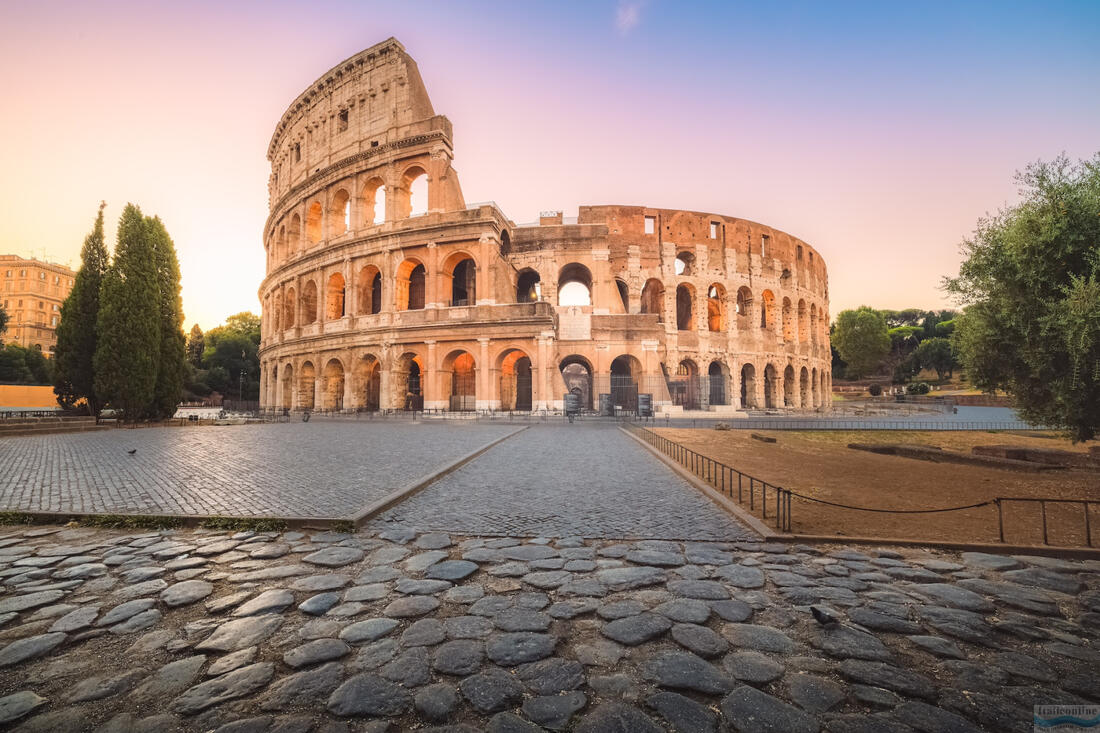
Pantheon
The Pantheon is an ancient temple dedicated to all the gods. It was built during the reign of Emperor Hadrian around 126 A.D. It is one of the most important and well-preserved ancient temples and buildings ever. It stands in the Piazza della Rotonda in the Pigna district.
The Pantheon is famous for its huge dome with an opening (oculus) in the middle, a masterpiece of ancient engineering. The dome has a diameter of 43.3 metres, the same diameter as the height of the building.
it serves as a Catholic church and the final resting place of several important Italian kings and artists, including the painter Raphael (Raffael Santi).
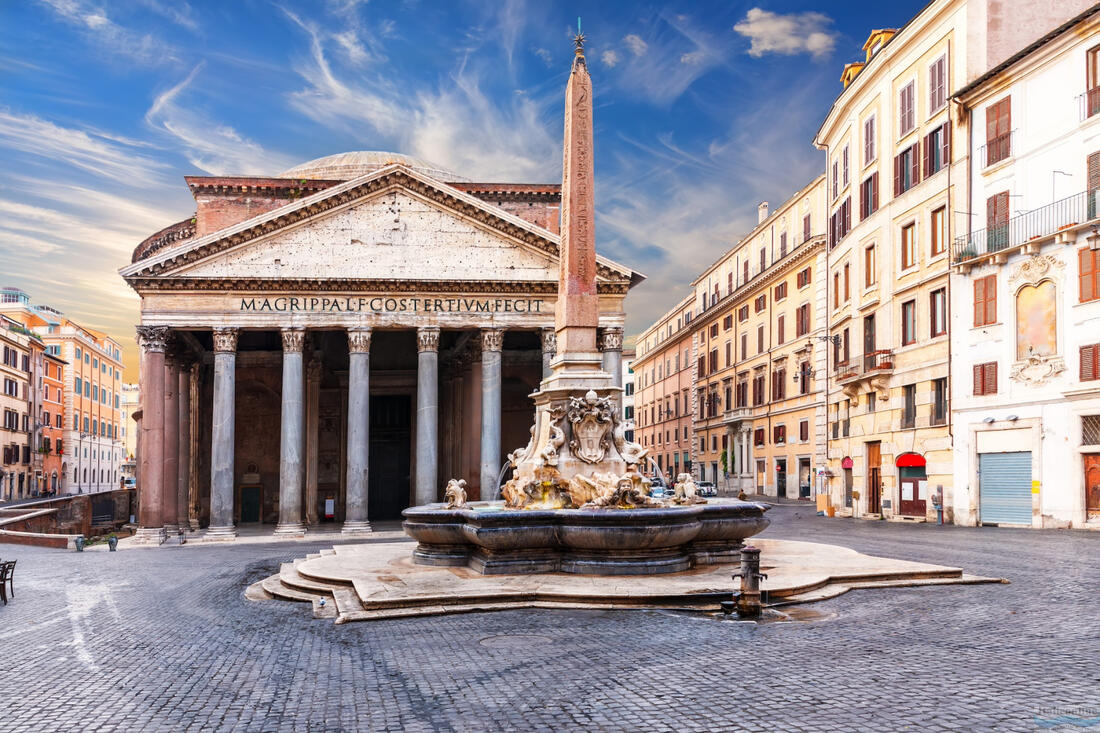
Roman Forum
The Forum Romanum was the centre of political, commercial and religious life in ancient Rome. Here were located important buildings and monuments such as the Curia (Senate), the Basilica Julia(where the Diet met) and the Temple of Saturn with its treasury.it is a roughly rectangular square of about 130x60 m between the Capitoline and Palatine hills, whichthe main Roman road, the Via Sacra, which connects the Capitoline Hill with the Coliseum.
today, the Roman Forum is a vast archaeological site that offers visitors an insight into the history of the Roman Empire.
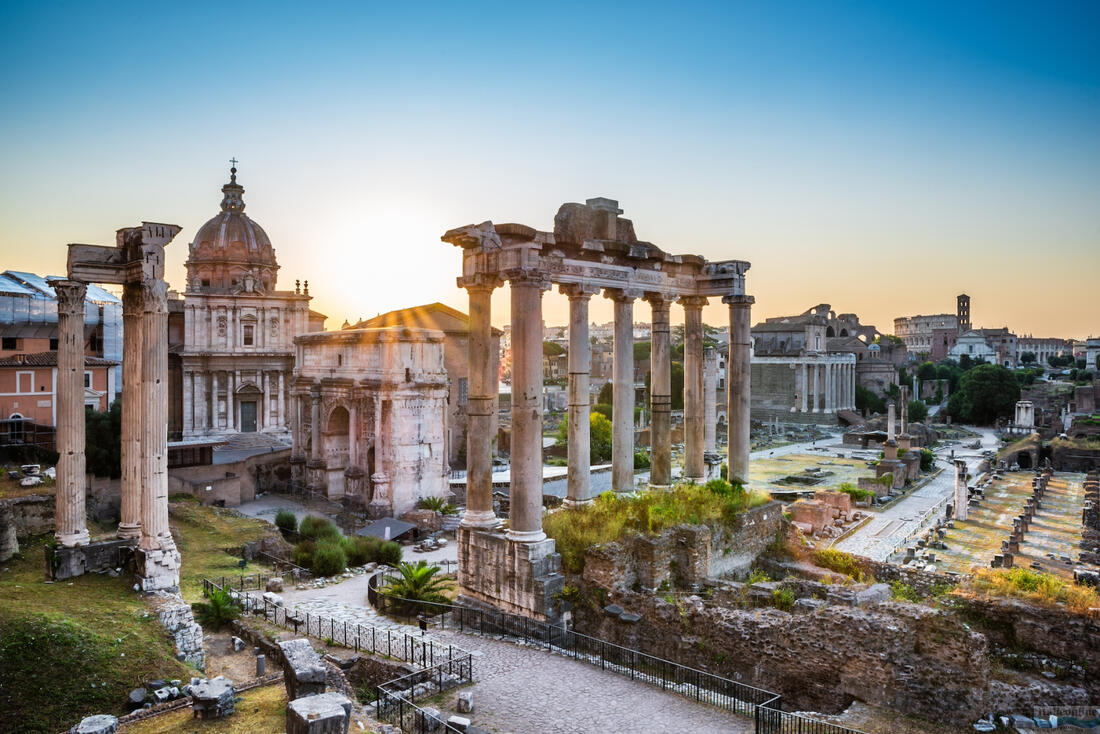
Vatican City
The Vatican City is the smallest state in the world and the center of the Catholic Church. The residence of the Pope and important religious buildings are located here. For example, St. Peter's Basilica, the largest Catholic church in the world, whose dome dominates the skyline of Rome. It was built between 1506 and 1626 and contains many works of art, including Michelangelo's Pietà.
It is also home to the Vatican Museums, which contain collections of art and historical objects assembled by popes over the centuries. Among the most important exhibits is the Sistine Chapel with frescoes by Michelangelo.
Last but not least, the Sistine Chapel is located in the Vatican. The latter is famous for its frescoes depicting scenes from the Bible, including the iconic ceiling and the Last Judgment by Michelangelo.

Trevi Fountain
Since ancient times, Rome has boasted a famous system of its 11 public aqueducts, 9 of which are still functioning today.these are followed by a system of fountains and fountains that are often not only artistically valuable but also attractive to tourists. Rome's most famous fountain is undoubtedly the Trevi Fountain.
The Trevi Fountain is a Baroque fountain completed in 1762 to a design by Nicola Salvi. According to tradition, visitors throw coins over their shoulder into the fountain to guarantee their return to Rome.the fountain is richly decorated with statues and reliefs depicting Neptune, god of the seas, and other mythological figures. Its impressive design and size make it one of the most famous fountains in the world.
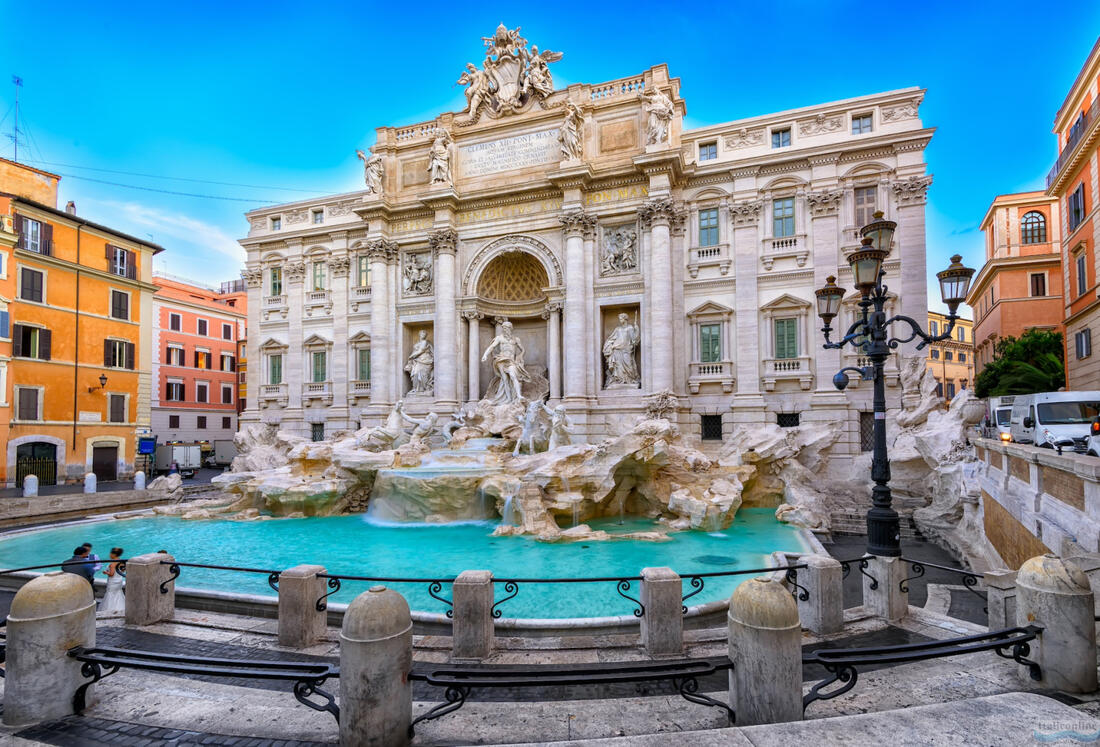
spanish Steps
the Spanish Steps, also known as the Scalinata di Trinità dei Monti, are a monumental Baroque staircase connecting the Piazza di Spagna with the Church of the Trinità dei Monti. The stairs were built between 1723 and 1725 to a design by Francesco De Sanctis. They are a popular meeting point for tourists and locals alike. Various cultural events and festivals are held here throughout the year, including a flower market in spring.
In Piazza di Spagna, in front of the staircase, there is an older fountain, Fontana della Barcaccia, created by Pietro Bernini. During the Tiber flood of Christmas 1598, a boat is said to have come up here and got stuck when the flood receded. This inspired Bernini to create the fountain in the form of a boat.
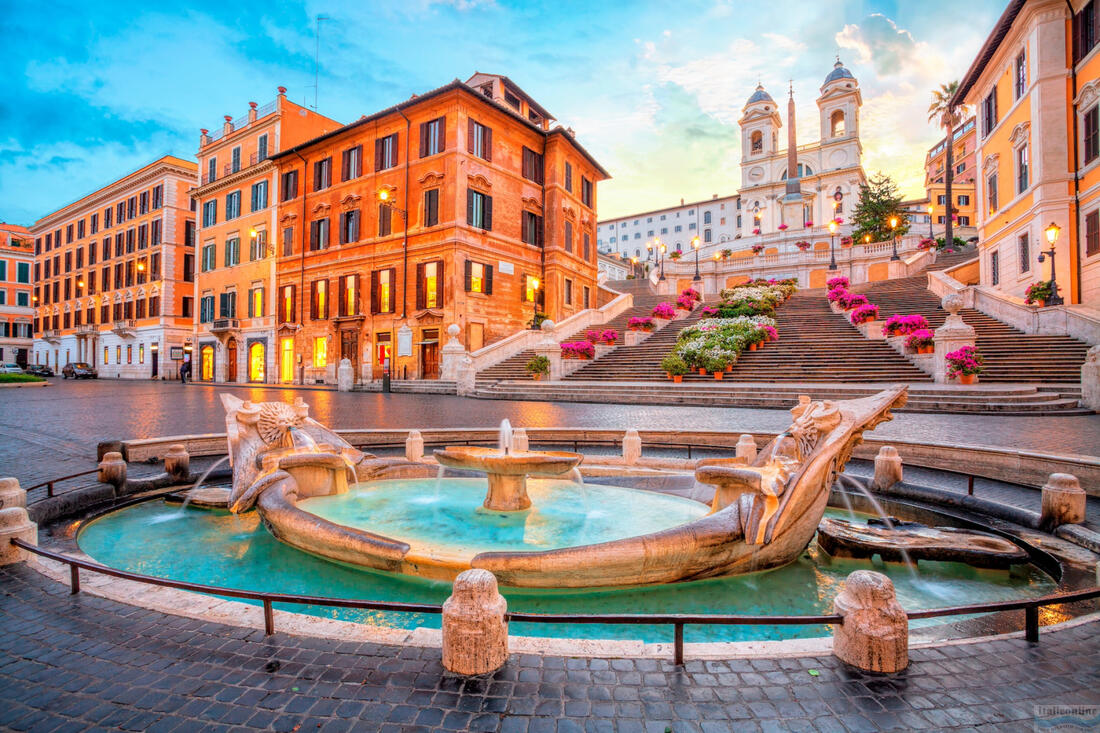
Castel Sant'Angelo
Castel Sant'Angelo was originally a mausoleum for the Emperor Hadrian. It was later converted into a fortress and papal residence. The monumental circular structure was completed in 139 AD and over the centuries served as a papal fortress connected by a tunnel in the walls to the Vatican, a residence, a prison and eventually a museum.
Here you can explore the various exhibitions that show the history of the castle and enjoy panoramic views of the city from its terraces.
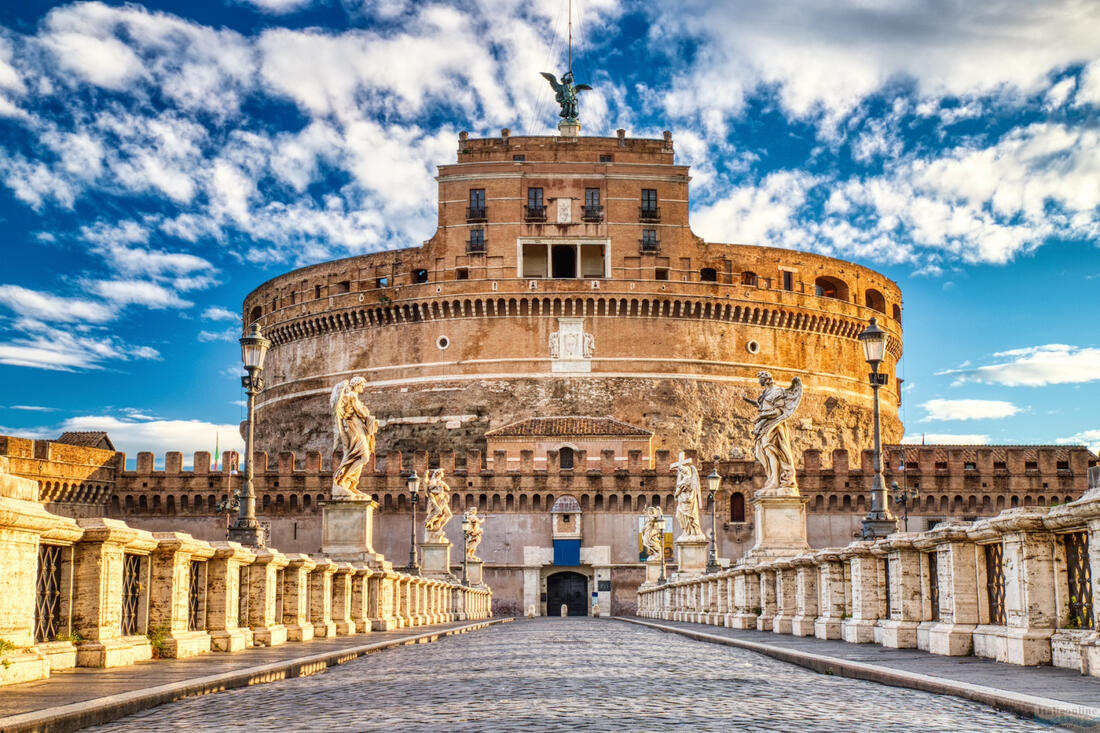
Capitoline Square (Piazza del Campidoglio)
Renaissance square designed by Michelangelo Buonarroti in the 16th century. It is located on the Capitoline Hill, one of the seven hills of Rome. The square is surrounded by three palaces: Palazzo Senatorio, Palazzo dei Conservatori and Palazzo Nuovo, which today form the Capitoline Museums. The museums contain important collections of ancient art, sculptures and artefacts, including the famous bronze statue of a she-wolf nursing Romulus and Remus.
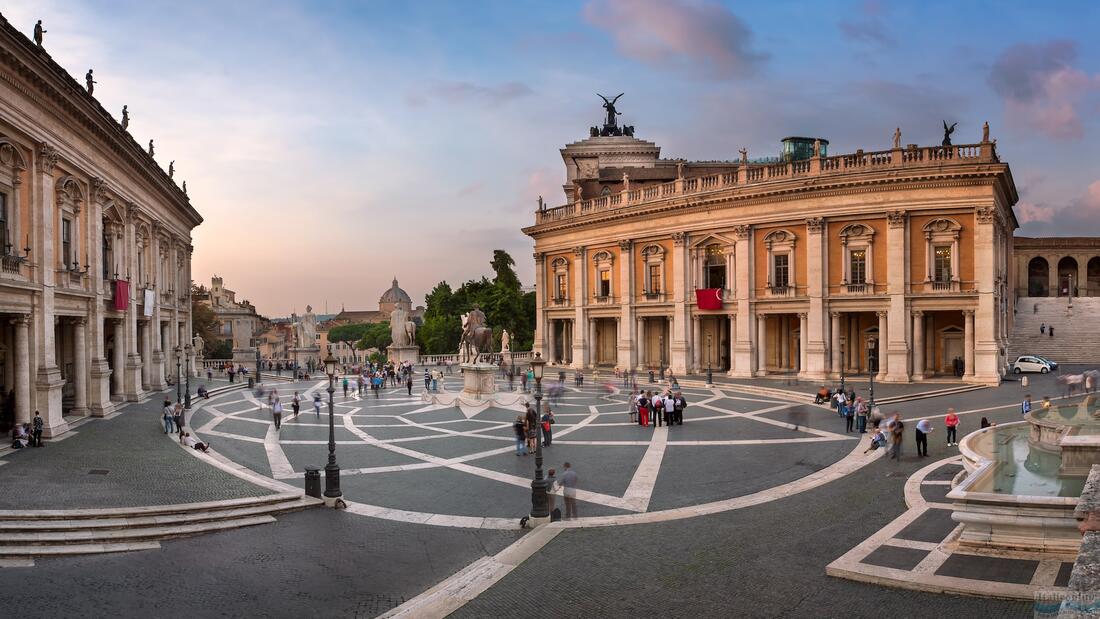
Piazza Navona
One of the most beautiful squares in Rome, built on the site of the ancient Domitian Stadium. The square is famous for its three Baroque fountains, the most important of which is the Fontana dei Quattro Fiumi by Gian Lorenzo Bernini. The square served as a marketplace and a venue for public festivals. Today it is a popular meeting place for tourists and locals alike.
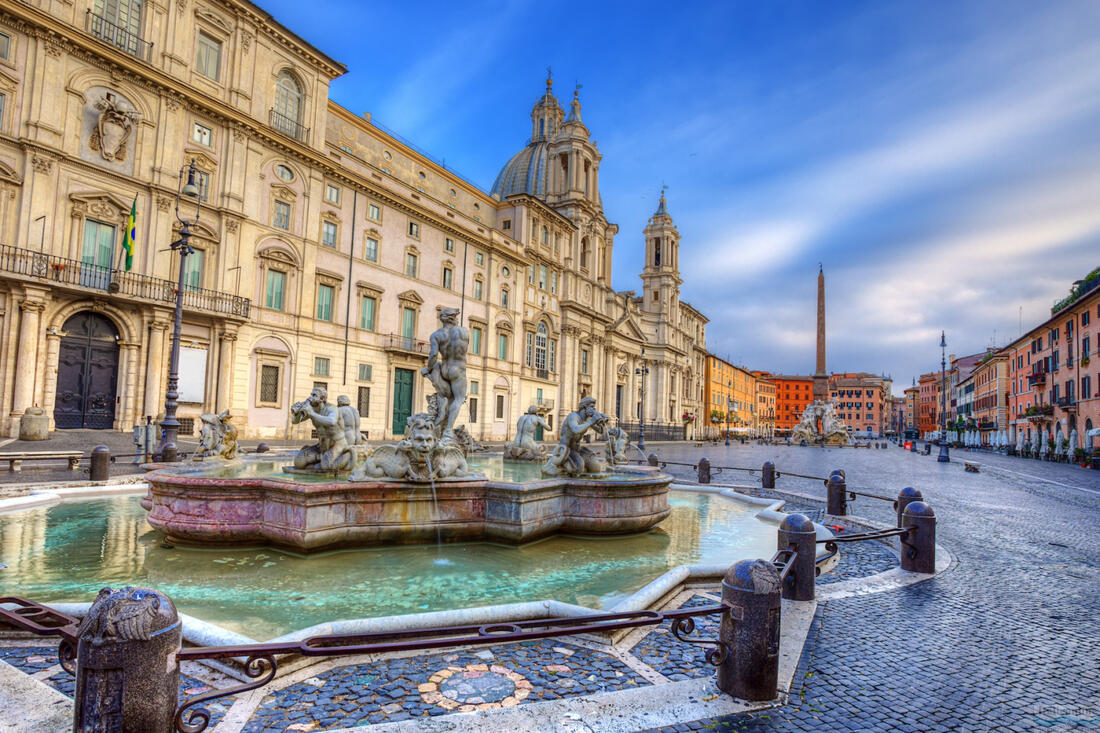
Trastevere
A picturesque district on the west bank of the Tiber River, known for its narrow streets, historic houses and rich nightlife. Trastevere retains a medieval atmosphere and is home to many churches and historic buildings, including the Basilica of Santa Maria. The area is popular with tourists for its restaurants, bars and lively atmosphere.
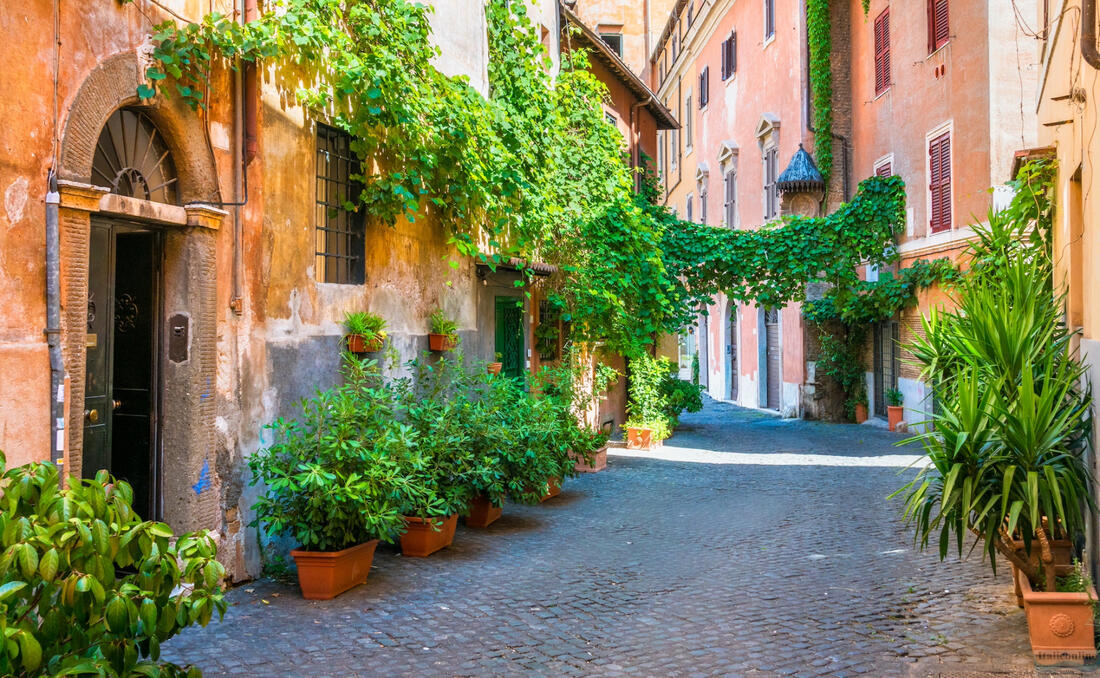
Rome is a city that offers endless historical and cultural experiences. Each of these monuments provides a unique insight into the rich history and cultural heritage of this fascinating city.



